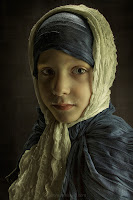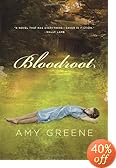
Caroline Herring is a Canton, Mississippi-born artist whose music has been hailed for combining traditional folk and bluegrass sounds with striking, original observations of modern life and love. Thoroughly steeped in southern culture, Herring began her music career in Austin, TX, where she released her first album, “Twilight,” and won Best New Artist in both the Austin American Statesman and Austin Chronicle in 2002. Since that time, Herring has built an international following and released three more albums, including the masterpiece “Golden Apples of the Sun.”
And learn about Walter Anderson
The critical acclaim for “Golden Apples of the Sun” firmly supports Herring’s status as one of the top musical artists of her generation. The Oxford American says, “Golden Apples is the album of a woman who has come into her powers as a singer-songwriter, claiming as her stomping ground the territory where folk meets alt-country.” NPR’s All Things Considered interviewed Caroline in January 2010 about the making of the record, and Jim Allen of All Music Guide said the following: “It's not easy being a great folksinger -- Kate Wolf, Linda Thompson, and Iris DeMent are some of the names on the short list, but ‘Golden Apples of the Sun’ makes a strong case for the addition of Caroline Herring.”
Herring’s album “Lantana” (2008) received widespread acclaim as an alt-country masterpiece. The Austin Chronicle proclaimed it to be “the best modern Southern Gothic album since Lucinda Williams’ Sweet Old World,” and NPR named it one of the “ten best folk albums of 2008.” On “Lantana,” Herring writes and sings about a myriad of southern topics, from a character in a Larry Brown novel to the infanticide and racism exposed by the dark and troubled life of Susan Smith. With “Golden Apples of the Sun” Herring stakes out new terrain, exchanging the country-influenced resonance of her previous albums for a sound inspired by the iconic female folk singers and songwriters of the 1960s and 70s.
Caroline Herring lives in Atlanta, with her husband and two young children.


































